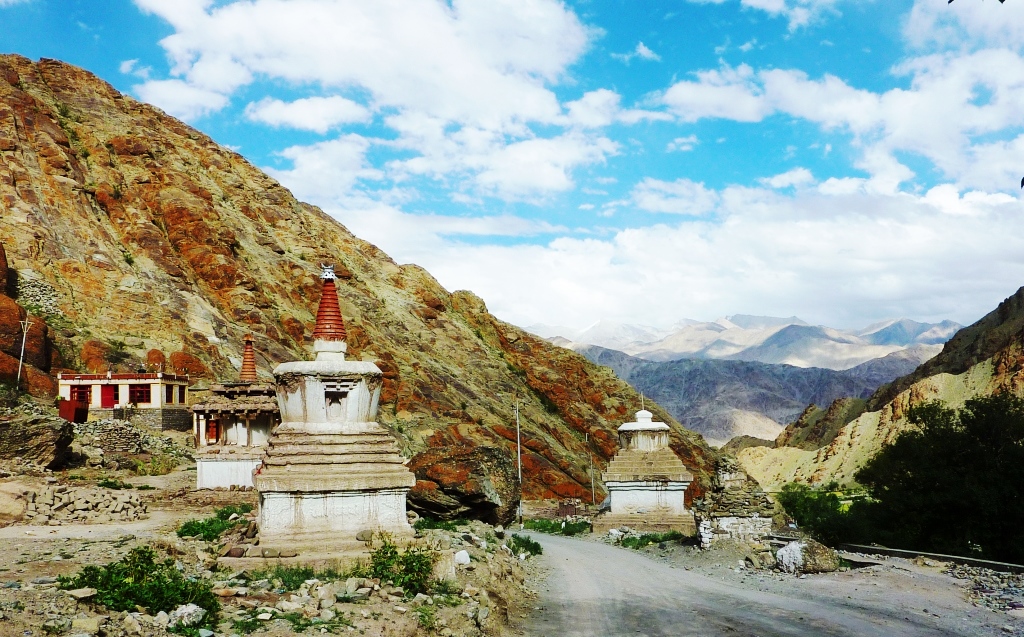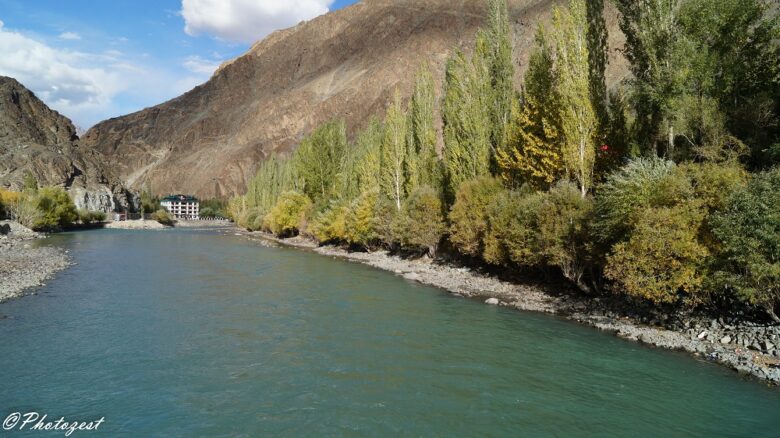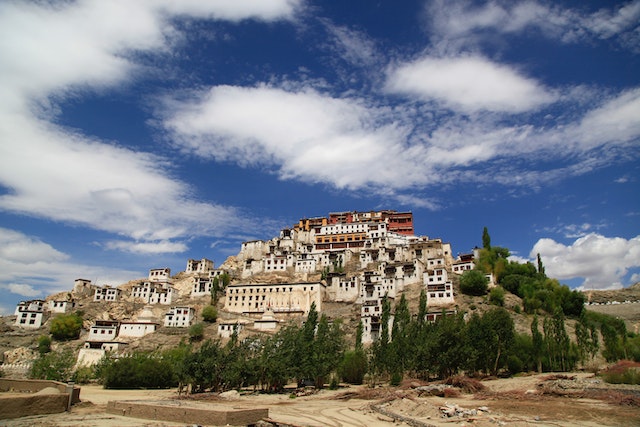
Hemis Monastery, situated on the bank of the Indus River in Ladakh, India, is a prominent Buddhist monastery belonging to the Drukpa Lineage. Affiliated with Tibetan Buddhism, specifically the Drukpa sect, it is led by the Twelfth Gyalwang Drukpa. The monastery, characterized by Tibetan architecture, was re-established in 1672 by the Ladakhi king Sengge Namgyal, and it is located 45 km from Leh.
Hemis Monastery holds historical significance, having existed before the 11th century. Additionally, it gained attention in 1894 when Russian journalist Nicolas Notovitch claimed it as the origin of an alleged gospel called the Life of Saint Issa. According to Notovitch, this gospel depicted Jesus’ travels to India during his ‘lost years.’ However, scholars have discredited Notovitch’s claims, with Bible scholar Bart D. Ehrman stating that the entire story was a fabrication.
The monastery boasts a rich cultural heritage, featuring a gallery in its courtyard with paintings of the Eighty-Four Mahasiddhas, dating back to the 17th century. These paintings, created using ground mineral pigments, showcase the spiritual lineage of accomplished tantric practitioners.
One of the notable events held at Hemis Monastery is the annual Hemis Festival, dedicated to Lord Padmasambhava (Guru Rinpoche), considered the representative reincarnate of Buddha. The festival takes place in the monastery’s rectangular courtyard, featuring sacred rituals, traditional music performances, and mystic mask dances. The Hemis Festival is held in honor of Padmasambhava’s believed birth on the 10th day of the fifth month in the Monkey year of the Tibetan calendar.
The monastery’s association with such festivals and its historical significance make Hemis Monastery a key cultural and religious center in the region, attracting pilgrims and visitors alike to witness its spiritual traditions and architectural beauty.


